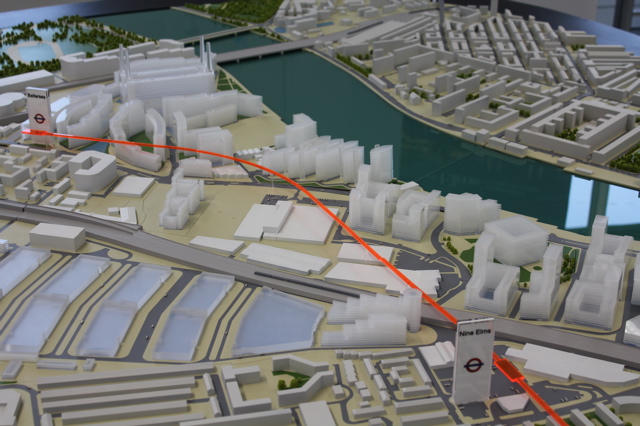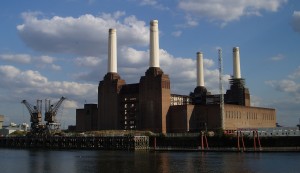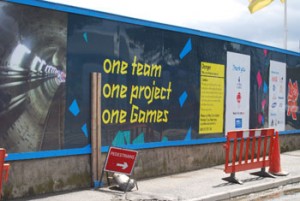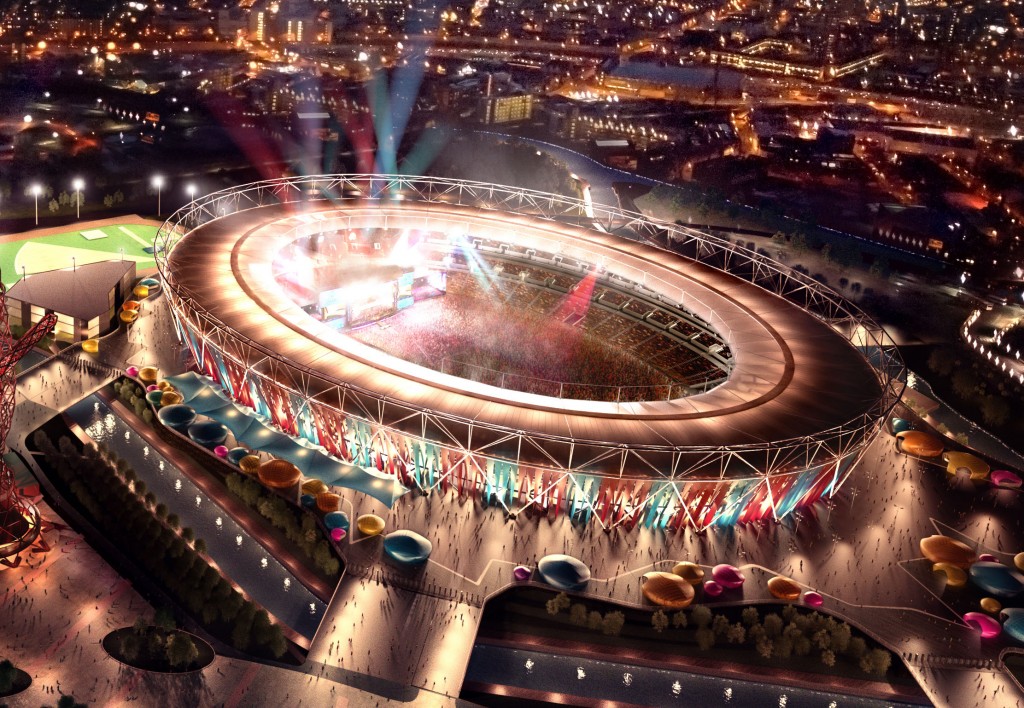The recent PR buff on Battersea Power Station has left us no closer to a solution to the issue. Chancellor George Osborne and Mayor of London, Boris Johnson, have been talking about the Northern Line extension and oligarch Roman Abramovich has received media attention by saying that he’s thinking about moving Chelsea Football Club‘s home ground South East of the site.
Extending the Northern line from Kennington to Battersea is one thing – funding the project is another. During the Autumn Statement in the Commons today, Osborne stated that the government will back the project – but did not mention with how much. He also called for “a developer” to contribute to the project and develop the power station site before a deadline of 2013.
The project is still heavily reliant on private funding and current owners Treasury Holdings is going to struggle. A scheme this size, roughly three times the size of Canary Wharf if you include Nine Elms, is always going to be difficult to get up and running at the best of times. But in a recession..?
Giving the Northern Line extension green light and talking up the moribund and equally fantastic Rafael Viñoly’s nightmare vision of gloomy glass canyons, is certainly invaluable property pump priming. And it’s hard to imagine why the Conservatives are so happy to collude in this theatre, given that they held their 2010 election campaign launch under the same chimneys which Battersea Power Station’s owner Richard Barrett, one of the co-founders of Treasury Holdings, once said “would fall in strong wind.”
Recently, Tory dominated Wandsworth Borough Council’s planning committee gave Treasury Holdings permission to demolish the power station’s chimneys on the grounds that they were unsafe. However, many experts disagree and local residents believe that, like the roof which was never replaced, the chimneys will never be re-built once they are gone. If Treasury Holdings really believe that the chimneys are precarious, it shows a very cavalier approach to the health and safety of Her Majesty’s Opposition, as there wasn’t a hard hat in sight.
The Battersea Power Station should become a World Heritage site for industrial power. The site has a unique Victorian Pumping Station with site of the biggest Cornish engine of its day. It also has spectacular gasometers dating from 1910 as well as, of course, the beautiful coal-powered art deco power station.
It would be nice to see Abramovich spend some of his heard-earned billions derived from oil, show some philanthropic decency and rescue the site from the clutches of the myopic grey men. They would simply turn the site into just another crass, desolated, windswept and empty river-front development along the banks of the Thames.
The Big Society was prime minister David Cameron’s flagship policy idea for the 2010 election campaign and has stated that it’s his “mission.” One may ask, if one of the world’s richest men isn’t going to chip in – then who will?
Click Battersea Power Station for more blogs
See our Battersea Power Station project pages for more information and videos.
Or visit PlanA our general blog on urbanism, planning and architecture.
Spectacle homepage
Befriend Spectacle.Docs on Facebook
Follow SpectacleMedia on Twitter








